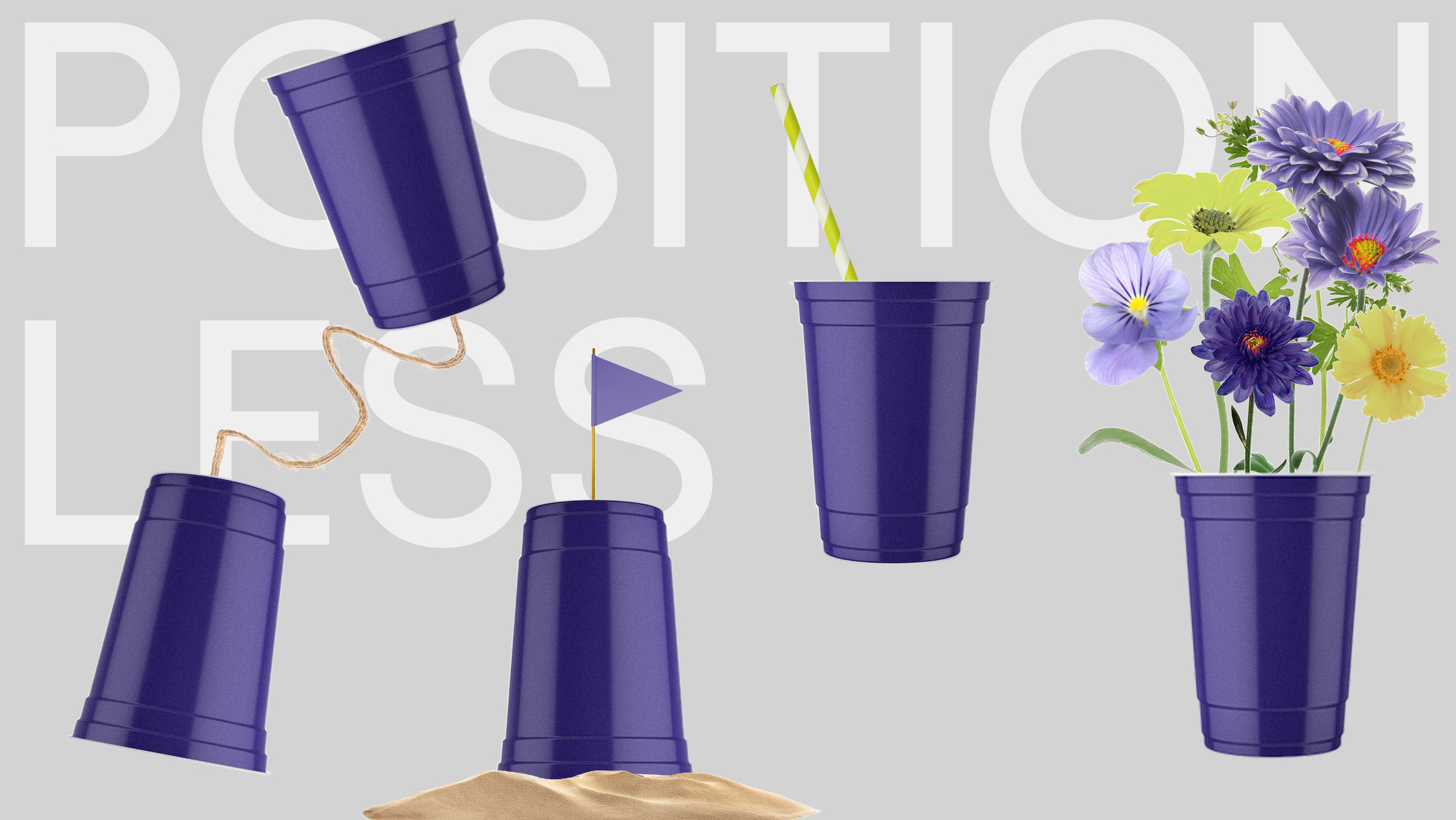
AI and the Retail Marketer’s Future
How AI transforms strategy and processes, driving the adoption of Positionless Marketing
Exclusive Forrester Report on AI in Marketing

In this post, marketing leaders can gain insights evolving from “classic” (more static) campaign orchestration to “streaming” (dynamic), real-time marketing campaigns to create “epic customer experiences.” This is an overview of how Sisal, an Italian company specializing in lottery, casino, and sports betting, managed its evolution.
See the full presentation below:
https://youtu.be/xV4Ey2LMduY?si=1yAOkkLW9TN95qXf
Sisal is a provider of lottery, betting, and online gaming experiences, as well as a range of entertainment devices. The company is based in Italy and operates in Italy, Morocco, and Turkey. It provides retail services through more than 47,000 global points of sale and serves over 1.8 million consumers via various web and mobile channels.
Sisal had evolved in recent years from primarily in-person retail operations to expanding to digital lottery, betting, and gaming. This required advancing marketing campaign orchestration.
Challenge: Sisal faced the complex task of evolving from classic campaign orchestration to dynamic, real-time marketing campaigns. The goal was to create an environment where customers (players) could interact with marketing, allowing the company to collect new data points in real-time and continuously improve marketing campaigns and results.
“When you have different products like lottery, gaming and betting, the customer journey is totally different. Compare the lottery player with a casino player, or a betting player. They have a different attitude, different approach, different customer lifetime value.”Francesco Lietti
Starting from the classic orchestration approach, Sisal moved forward to a streaming (dynamic) one. This allowed the Italian operator to scale up their customer journey and collect information about customer response to campaigns.
In dynamic (streaming) orchestration, the customer interacts directly with the Sisal marketing team and the marketing team collects new data points in order to improve the campaign and measure the results in near real-time.
“…the streaming approach was the game changer … moving most of our campaigns from ‘classic’ campaign orchestration to a ‘streaming’ one.” Francesco Lietti
“This changed the approach and our expectations and obviously engaged our leadership team to sponsor the evolution for the future.” Francesco Lietti
By transitioning from classic to streaming marketing orchestration, Sisal significantly enhanced its real-time customer engagement capabilities, personalized marketing campaigns, and data-driven decision-making. Their comprehensive approach, focusing on technology, people, and processes, set a strong foundation for continued innovation and customer-centric growth in the competitive lottery, casino, and sports betting industry. This evolution not only improved their marketing effectiveness but also positioned Sisal to adapt quickly to changing customer needs and market dynamics.
For more insights, contact us to Request a Demo.
Exclusive Forrester Report on AI in Marketing
In this proprietary Forrester report, learn how global marketers use AI and Positionless Marketing to streamline workflows and increase relevance.


Rony Vexelman is Optimove’s VP of Marketing. Rony leads Optimove’s marketing strategy across regions and industries.
Previously, Rony was Optimove's Director of Product Marketing leading product releases, customer marketing efforts and analyst relations. Rony holds a BA in Business Administration and Sociology from Tel Aviv University and an MBA from UCLA Anderson School of Management.


